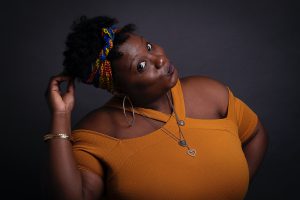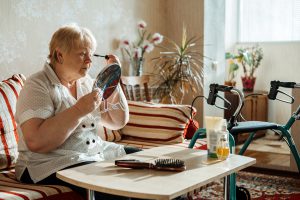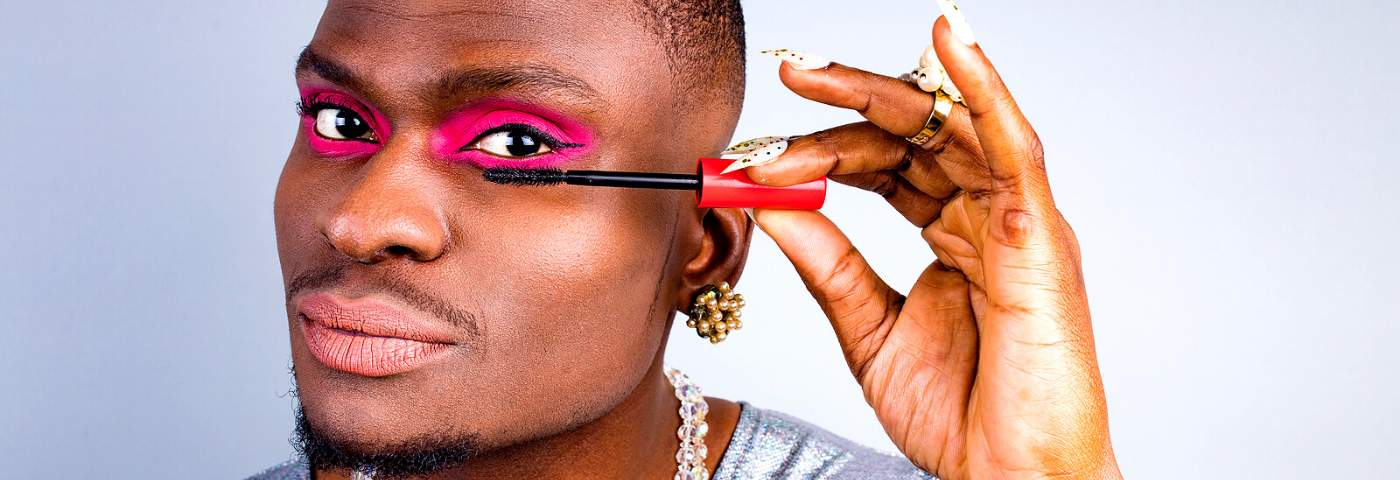Inclusive cosmetics consider all people and takes into account their various capacities and needs. To understand the trend of inclusion it is necessary to understand the definition of insight. These are the hidden aspects of the way people think, feel or act. They are important because they generate opportunities for innovation, differentiation and communication strategies. The insights are discovered after a deep investigation of the unconscious or unspeakable aspects and feelings of the consumer. Insights can hurt and be uncomfortable, so they need to be revealed.
Innovation in cosmetics is exciting because it is an ally of beauty. I recently read an insight that a big company published that inspired me to write this column and it says: “more than half of people think that the beauty industry can make people feel left out.” I have been working in the area of cosmetic product innovation for 20 years and I can say from all the magnificent experiences that I have had during this time that beauty is definitely a universal right. Beauty is multicultural. Beauty does not distinguish between races, ages, colours, regions, countries, and genders. Beauty has no expiration date. In the huge universe of inclusion, we see many opportunities for innovation that companies and brands are taking advantage of to fulfil that insight and create new blue oceans in the market. Following, we will look at some of the most interesting trends.
The future of skincare is written in neutral: Colours, names, packaging designs, textures, fragrances… the new positioning in skincare is written in neutral and we see very interesting non-binary proposals that are gaining ground. Brands are developing more fluid concepts that focus on benefits.
Chemotherapy patients: In 2017, 17 million people in the world were living with cancer. That number is expected to double by 2030. Patients receiving chemotherapy have more sensitive, dry and infection-prone skin with few skincare products designed especially for them. In 2019, the world’s first line of cosmetics developed specifically for chemotherapy patients was launched, in its objective they indicate “it is not about glamour or vanity. It’s about giving people the opportunity to feel like themselves again, not like a cancer patient.”
Positive beauty: Recently a well-known brand announced that it will remove the word “normal” from all packaging and advertising. The new beauty begins to be equitable and inclusive.
Bald men: They know that it is very important to maintain the care of the skin as well as the scalp. This is a growing segment and generally underserved by cosmetic brands.
Mature models: The Laura Geller makeup brand announced in February that from now on all its models will be exclusively over 40 years old.

Bipoc beauty (black, indigenous and people of colour): This acronym first appeared on Twitter and was made popular in 2020 by the death of George Floyd. This trend is one of the most important for this year and there are very nice opportunities to innovate in this segment.
Afronatural and the vindication of afro hair: This movement has gained considerable strength in social networks and has become a symbol of freedom and power.
Frida Kahlo 2021: This trend is gaining popularity among women in several countries and consists of not plucking the eyebrows and moustache. Eldina Jaganjac from Copenhagen has been a trendy topic since, due to the pandemic, she decided not to wax these areas any more. She says her appearance and confidence have changed since she decided to grow facial hair.
Life is not just one colour: Can you imagine seeing life only in black and white? Makeup brands are innovating in broader and more inclusive colour charts.
Disability-friendly beauty: For example, we are looking at cosmetic products designed exclusively for people who can use only one hand.
Beauty & Pride: Supporting the LGBTQ population is a great opportunity for the cosmetic industry. To get an idea of the size of the market and according to LGBT Capital, if globally this community were a country, it would be considered the fourth economy on the planet. This segment is no longer a market niche and is also a great generator of cosmetic trends, always at the forefront and creating novel concepts in cosmetics.
Without borders: There are new brands that develop specific products and provide workshops for people with conditions such as alopecia, vitiligo and anyone with severe scars or burns.
Fluid fragrances: The fragrance category has been one of the pioneers in innovation in fluid concepts and we have seen the evolution from unisex to genderless olfactory profiles. The opportunities are to build more diverse storytelling to capture more elements related to inclusion.
Disruptive identity: People outside of conventional gender standards come out of the ghetto, show themselves boldly, and gain greater political, social and cultural strength. They use extravagance as a means of getting noticed and demanding a more important place in society. Here the drag culture stands out, which is also a generator of trends in cosmetics.

Getting old is wonderful: Models and influencers in cosmetics over 45 years old are becoming very popular and they begin to star in cosmetic campaigns to invite self-care.
Genderless styling: In haircare, we also see new proposals for fluid technologies, concepts, formulations and benefits for styling.
New segments: Inclusion is presented as a giant terrain with multiple dimensions where all people can feel identified. Therefore, cosmetics will begin to provide solutions to segments that were not served before, such as people with visual disabilities, with psychological needs (depression, anxiety, self-esteem), people with various pathologies and other physical limitations that were not attended to.
Diversity, Equity and Inclusion (DE&I): What will the post-Covid world be like? The projections indicate that the concepts related to diversity, equity and inclusion will be key in the recovery of the categories and the market due to the effects of the pandemic. DE&I is a term that is beginning to be a trend in our industry.
Cosmetics are now universal and for everyone. The future is neutral. Without genders, without sizes, without races. Diversity and inclusion are then presented as great drivers and opportunities for innovation in the cosmetic industry.

